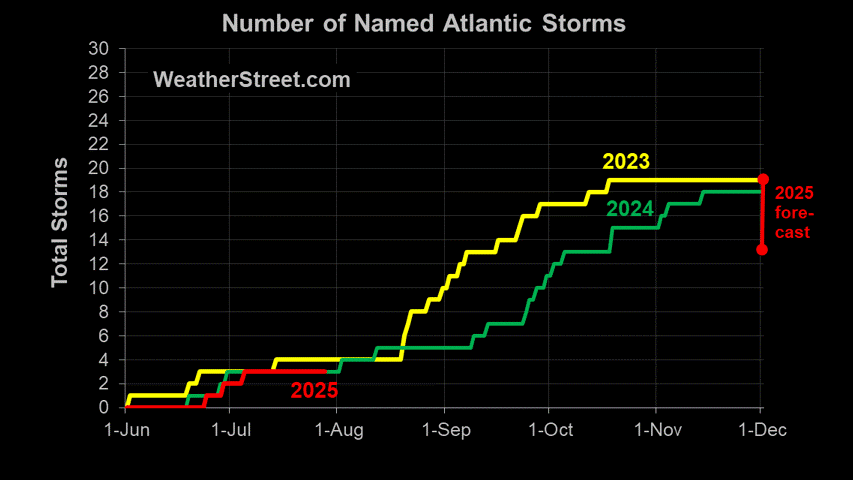Hurricane Jimena weakens to Cat 2 but still dangerous
Hurricane Jimena slammed into Baja California early this morning as a Category 2 storm. While not nearly as dangerous as the Cat 4 it was originally while approaching Baja, this is still a severe storm. Heavy rain and winds as high as 100 MPH can cause significant damage.
Hurricane Jimena 'near or over' Mexico's coast (CNN)
http://www.cnn.com/2009/WORLD/weather/09/02/hurricane.jimena/index.html
As of 8 a.m. (11 a.m. ET), Jimena, a Category 2 storm, was about 30 miles (45 kilometers) north-northeast of Cabo San Lazaro, Mexico, and about 255 miles southeast of Punta Eugenia, Mexico, the National Hurricane Center said.
"During the past few hours, the center of Jimena has moved near or over the coast of Mexico near Cabo San Lazaro," the center said.
The storm had lost much of its punch from earlier, when it was a Category 4 hurricane, and by Wednesday morning its maximum sustained winds were about 100 mph with higher gusts, the center said.
Weakening is forecast over the next day, but Jimena is still expected to be a hurricane when it moves inland, the center said.
Jimena was moving toward the north-northwest near 13 mph (20 kph), the center said, and was expected to slow down over the day or so.
"On this course, the core of Jimena will be near or just offshore the west coast of the southern Baja California peninsula today, and near or over the central Baja California peninsula on Thursday," forecasters said
Unfortunately, the rain from Jimena will not reach the wildfires in southern California. If they continued on the current north-northwest track, they would pass over the area and the fires would be out in a day. Instead a high pressure system is blocking the storm which will instead curve towards the east dumping rain over the desert southwest of the USA.
No Wildfire Relief From Jimena (AccuWeather)
http://www.accuweather.com/regional-news-story.asp?region=westusnews
Jimena is currently pounding southern Baja California, less than 800 miles southeast of downtown Los Angeles. The storm is traveling to the north-northwest and could bring Southern California beneficial rain if it were to continue on this path. The two late-week scenarios for Jimena do not involve the storm heading in that direction.
Jimena will push onto Baja California today into Thursday, weakening in the process. The storm will then either curve northeastward towards the Four Corners, or head back into the Pacific Ocean. The strength of a high over the Rockies will determine this movement. Either way, Jimena will not reach Southern California.
Jimena Won't Douse Fires (AccuWeather)
http://www.accuweather.com/news-story.asp?partner=rss&article=0
The southern half of Baja California is being soaked by torrents of rain from Hurricane Jimena. If you could bring all that moisture up into Southern California, those wildfires would be out in a day. Sorry folks, but that's not going to happen. Jimena is going to break apart long before it gets far enough north to be any help. The best case scenario would be scattered showers getting into Southern California over the weekend, but an all-out rain event won't happen.
The reason that Jimena can't come north is a blocking high pressure system centered over the southwestern United States. The high will force the storm to stop dead in its tracks later Thursday and Friday. That means excessive rainfall for central Baja California but very little moisture farther north.
Story by AccuWeather.com Expert Senior Meteorologist John Kocet.









<< Home